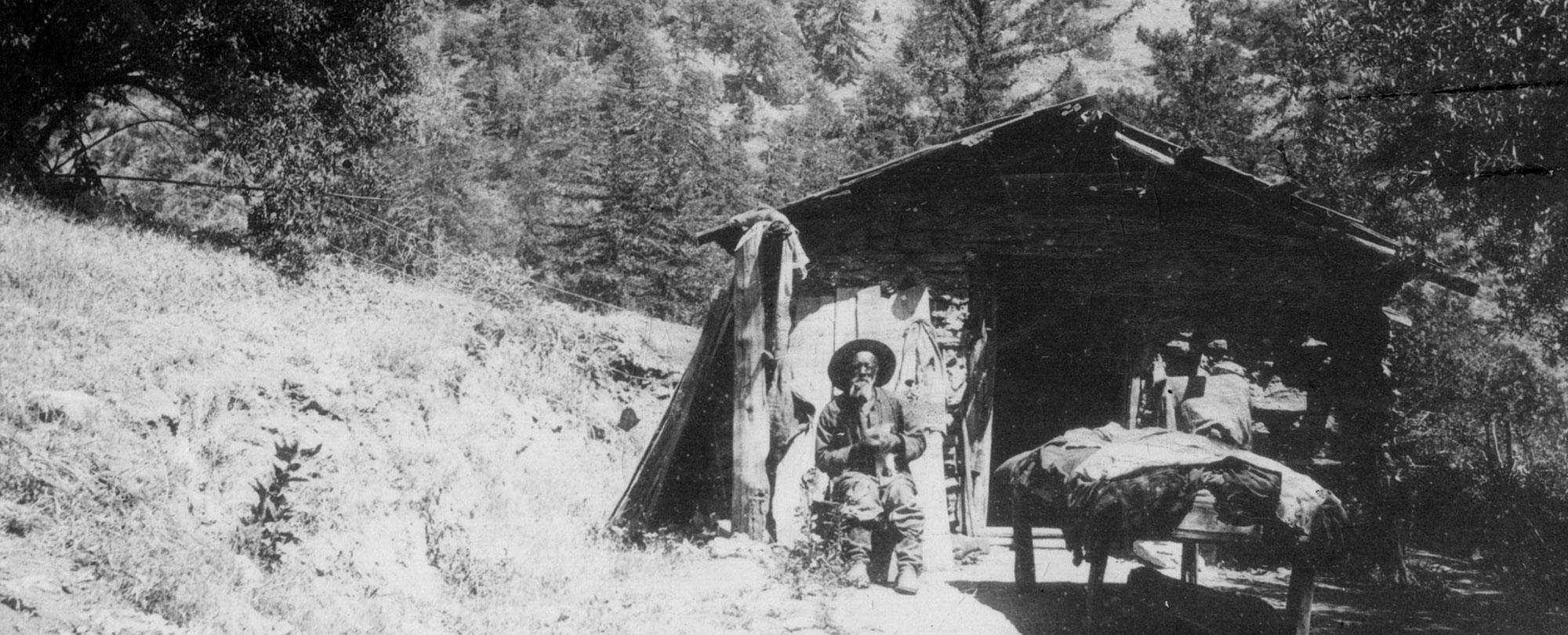ST. MARY’S CITY, MARYLAND—According to an NPR report, archaeologist Travis Parno announced the discovery of three artifacts dating to the early seventeenth century at the recently discovered site of St. Mary’s Fort, the first colonial settlement in Maryland. The first, a silver shilling, was minted in London between 1633 and 1634, which helps to date the site, Parno explained. The excavation team also uncovered a tinkling cone, an ornament made from a small piece of flattened and rolled copper, that is thought to have been produced by the colonists for trade with Indigenous people. The final object is a Roman Catholic medallion representing five saints canonized by Pope Gregory XV in 1622. Parno said the medallion represents the colonists’ missionary efforts. Cannonballs and musket equipment were also uncovered, he added. “That shows the other side of colonialism, that this was about land expansion, this was about empire,” he said. To read about the archaeology of enslavement in Maryland, go to "Letter from Maryland: Belvoir's Legacy."
17th-Century Artifacts Recovered at St. Mary’s Fort
News April 29, 2021
Recommended Articles
Digs & Discoveries September/October 2021
Maryland's First Fort
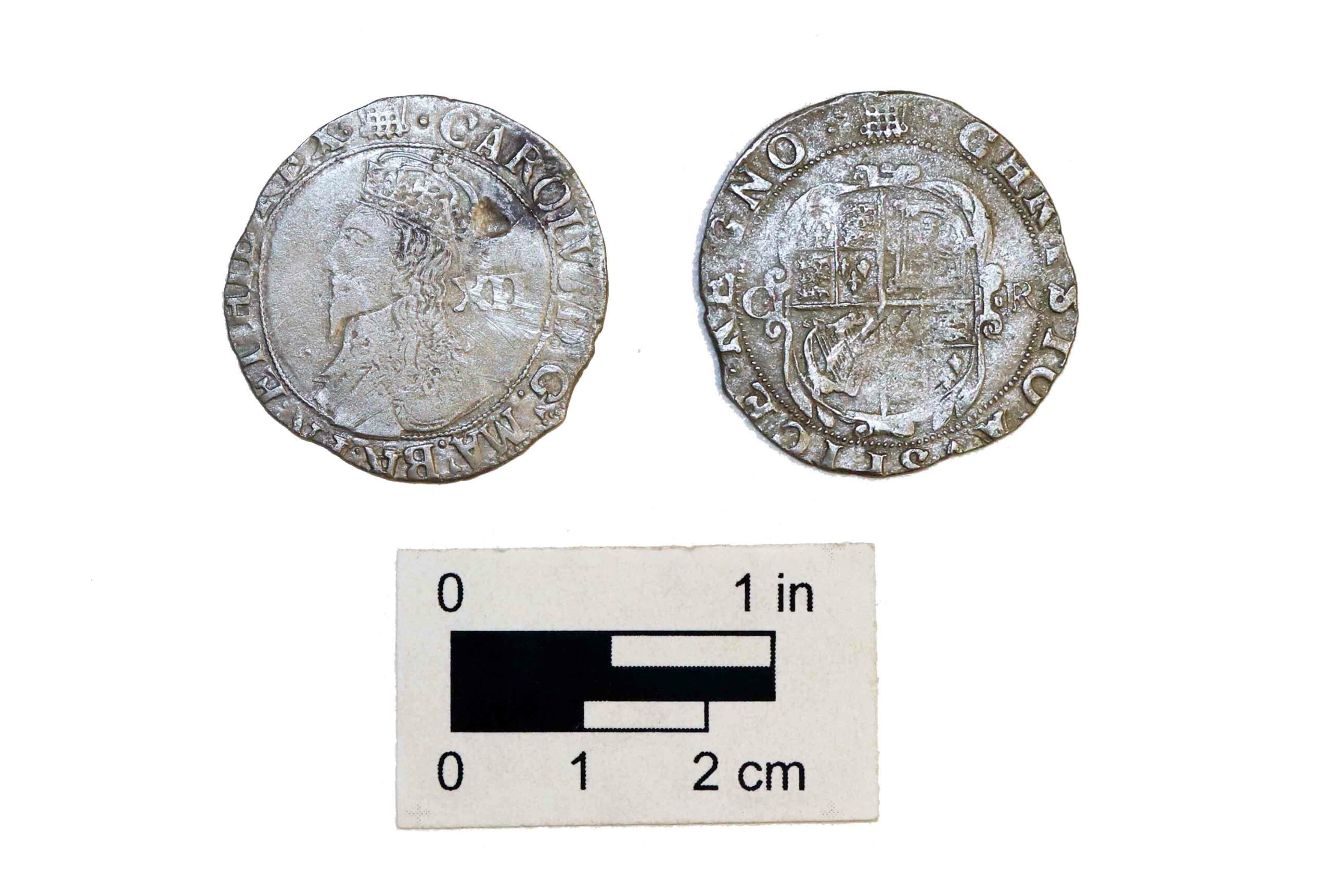
Features March/April 2024
Freedom Fort
In eighteenth-century Spanish Florida, a militia composed of formerly enslaved Africans fought for their liberty
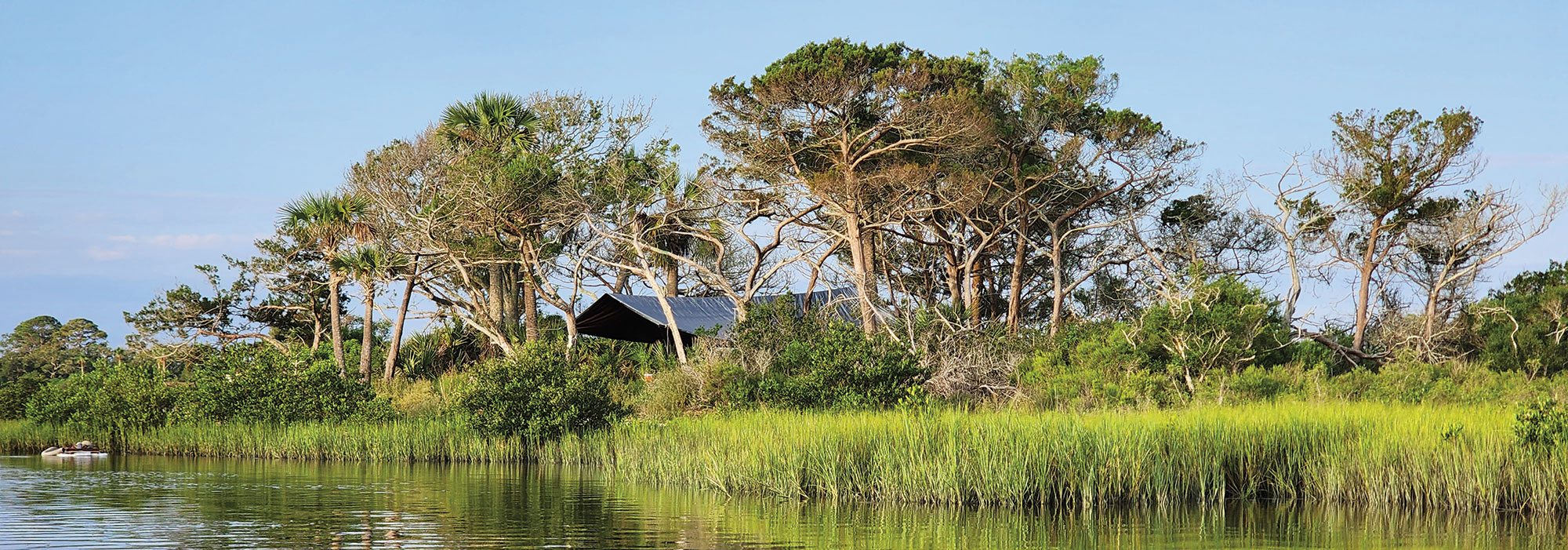
Off the Grid January/February 2021
Ouro Preto, Brazil
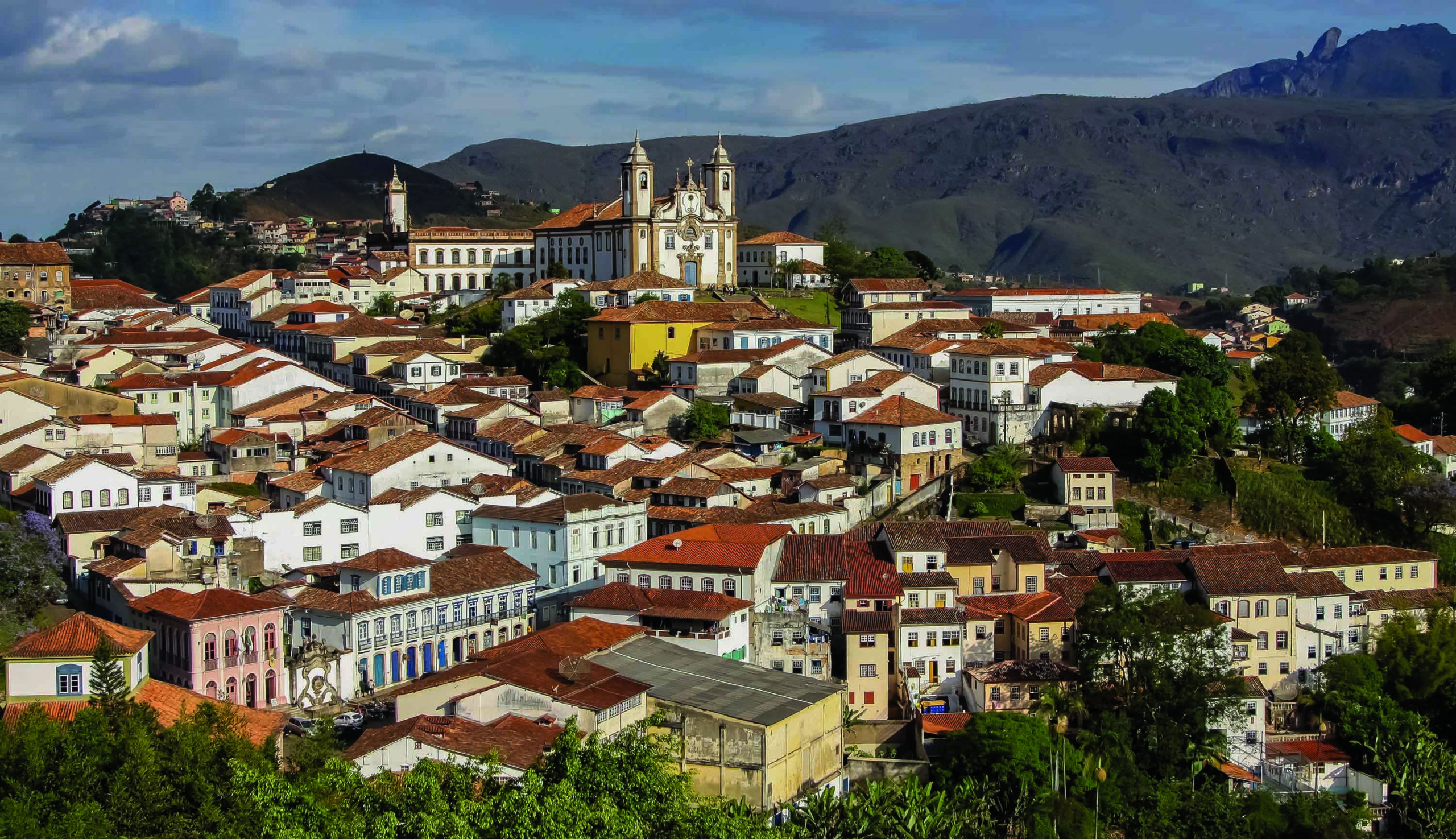
Features January/February 2021
Return to the River
Members of Virginia’s Rappahannock tribe are at work with archaeologists to document the landscape they call home
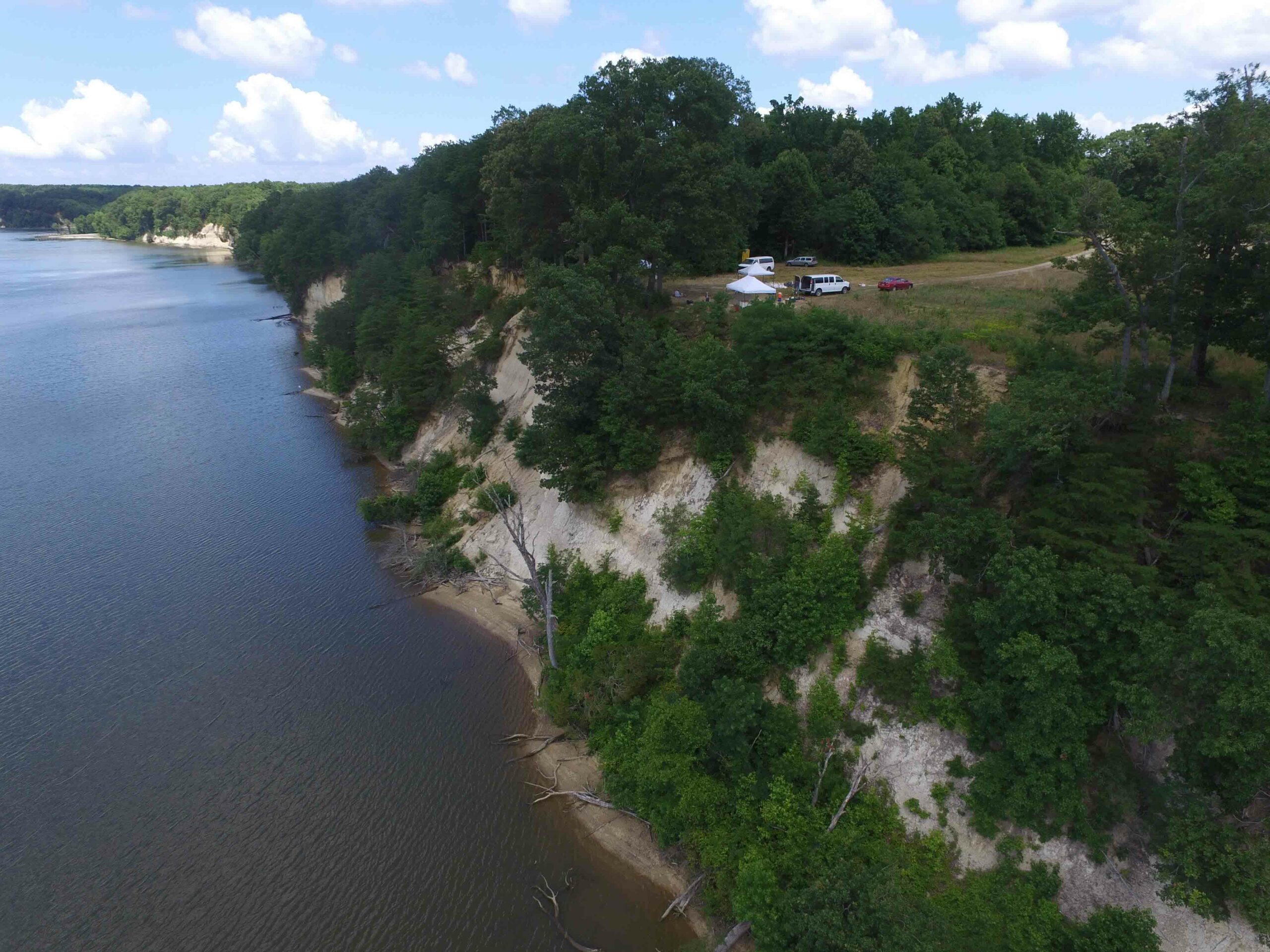
-
Features March/April 2021
The Visigoths' Imperial Ambitions
How an unlikely Visigothic city rose in Spain amid the chaotic aftermath of Rome’s final collapse
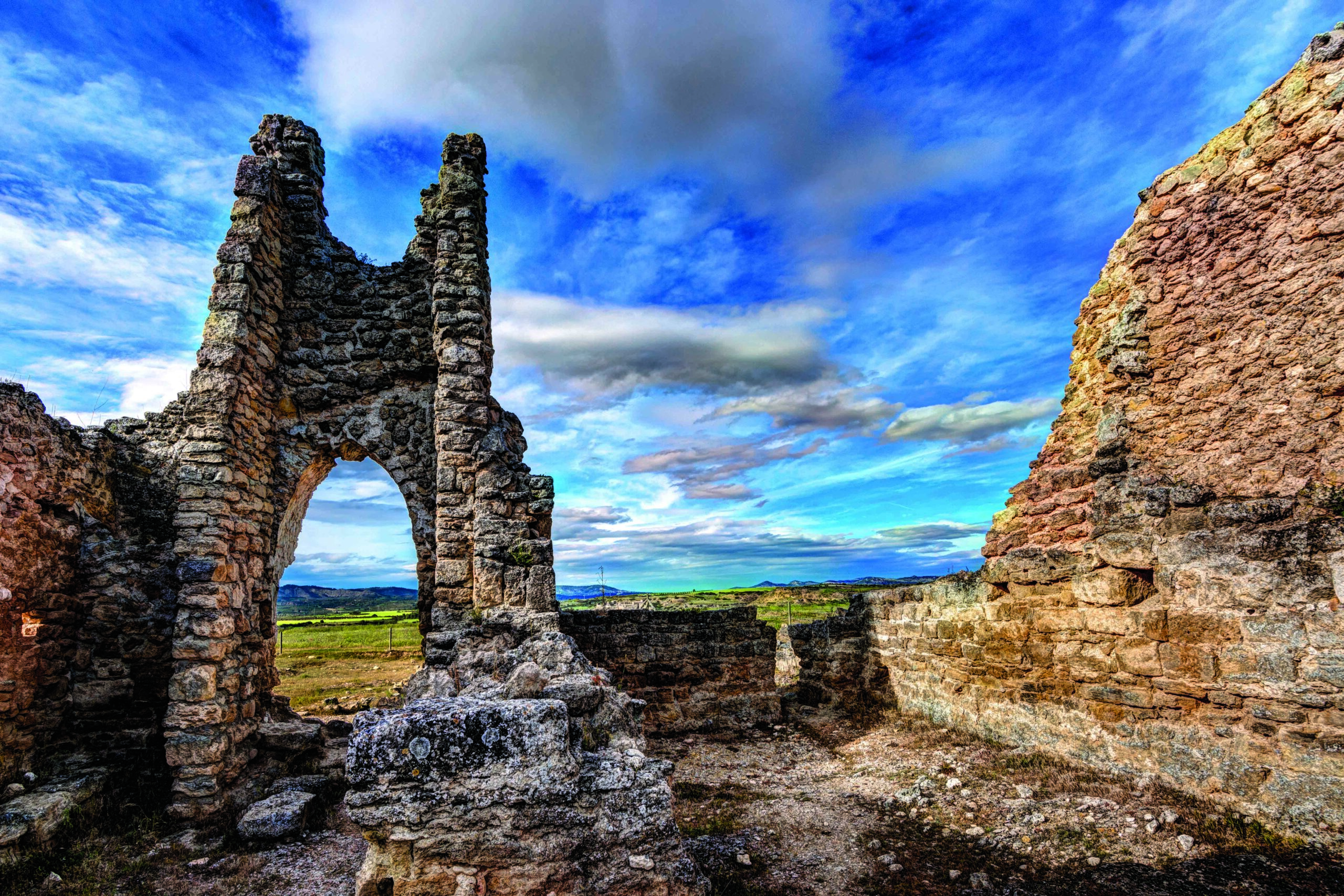 Yil Dori
Yil Dori -
Letter from Chihuahua March/April 2021
Cliff Dwellers of the Sierra Madre
A recurring design motif found in northern Mexico’s ancient mountain villages reflects complex cultural ties between distant peoples
 (Photo by Stephen H. Lekson)
(Photo by Stephen H. Lekson) -
Artifacts March/April 2021
Subeixi Game Balls
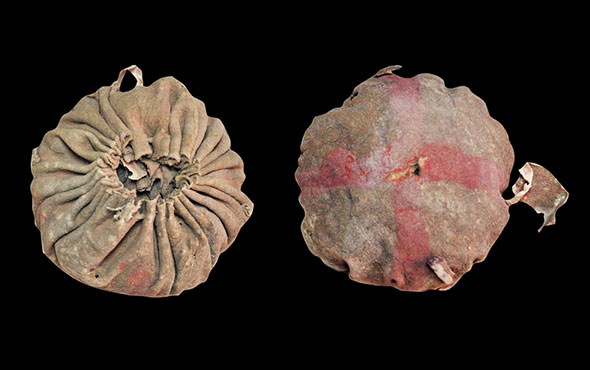 (Courtesy Patrick Wertmann)
(Courtesy Patrick Wertmann) -
Digs & Discoveries March/April 2021
An Enduring Design
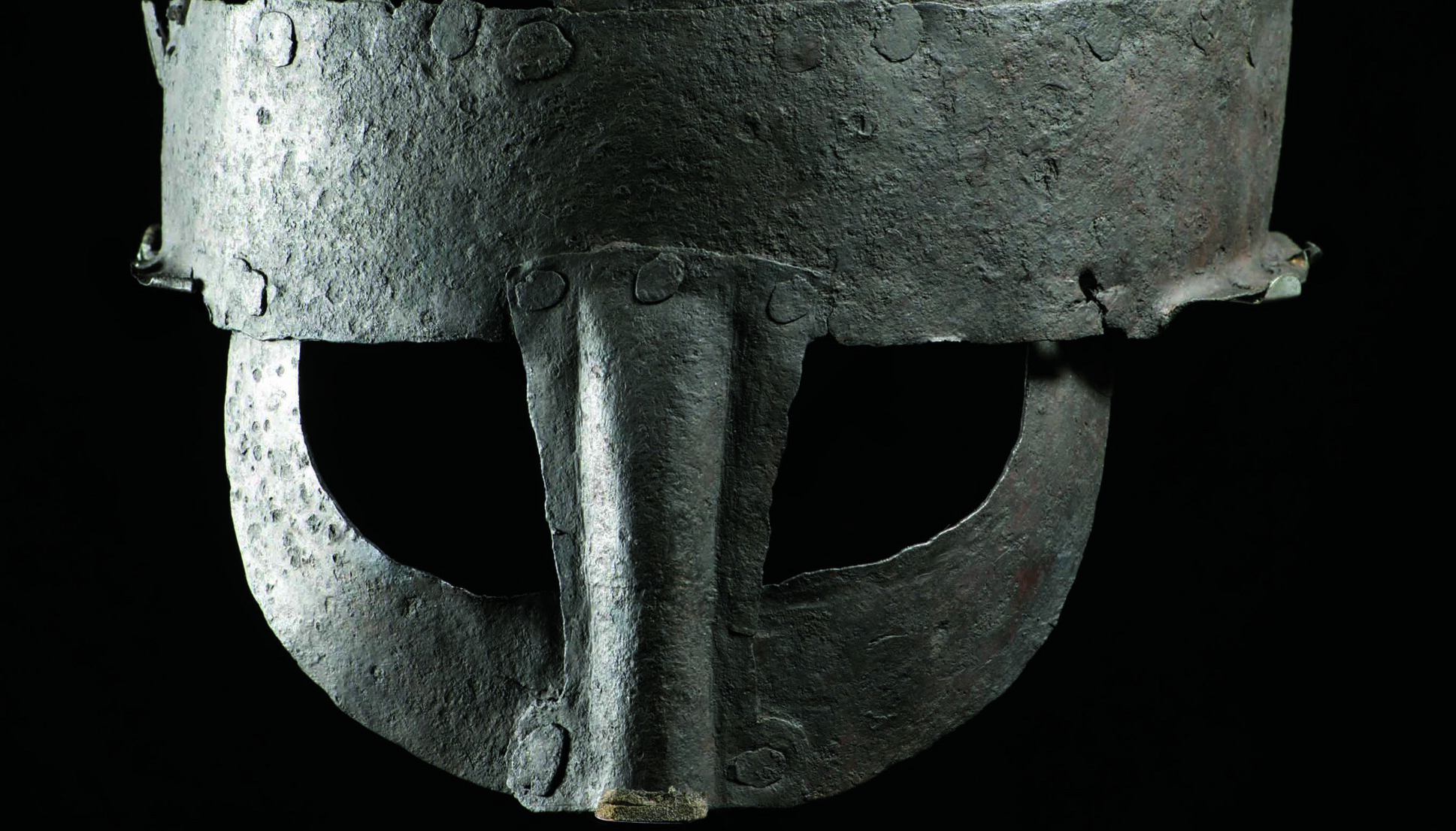 Courtesy Durham University
Courtesy Durham University


